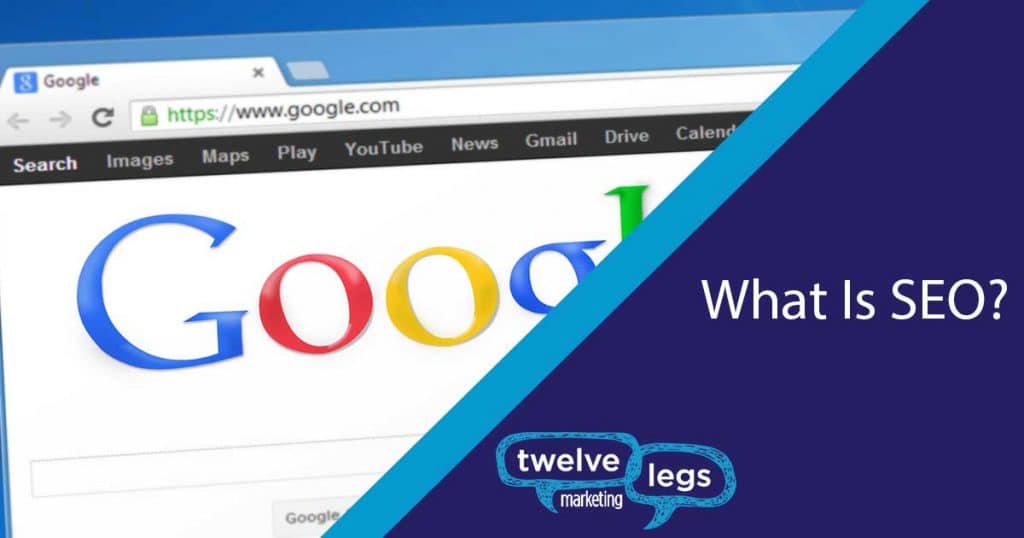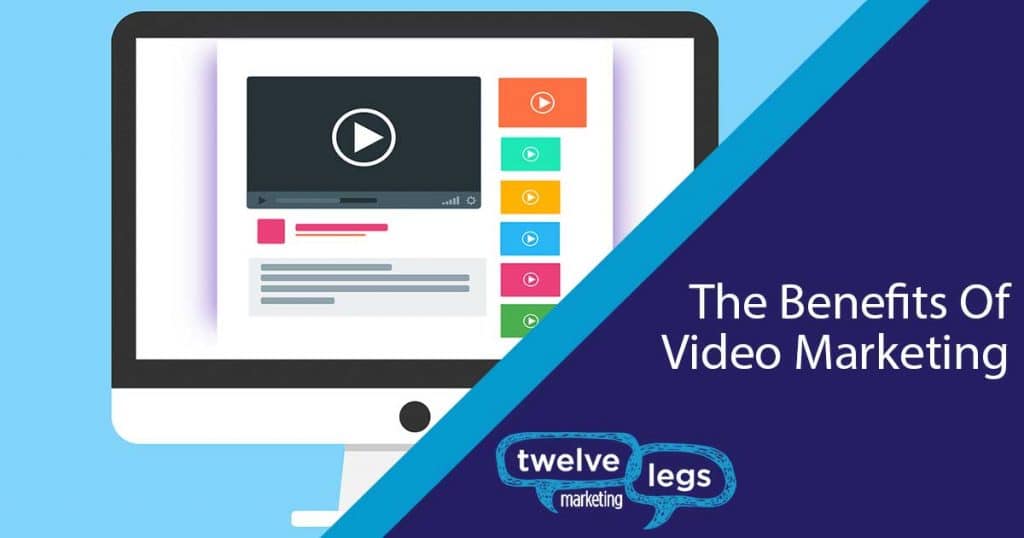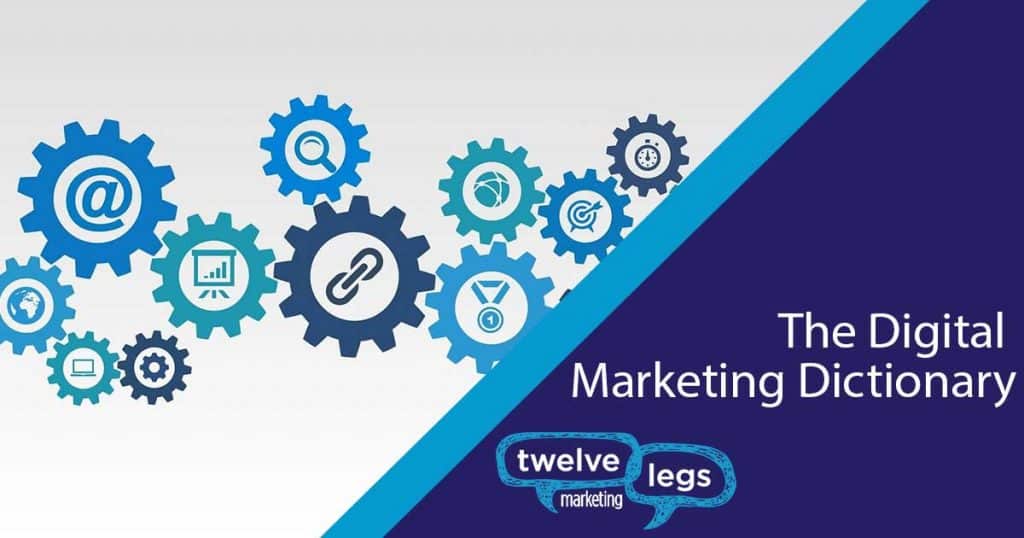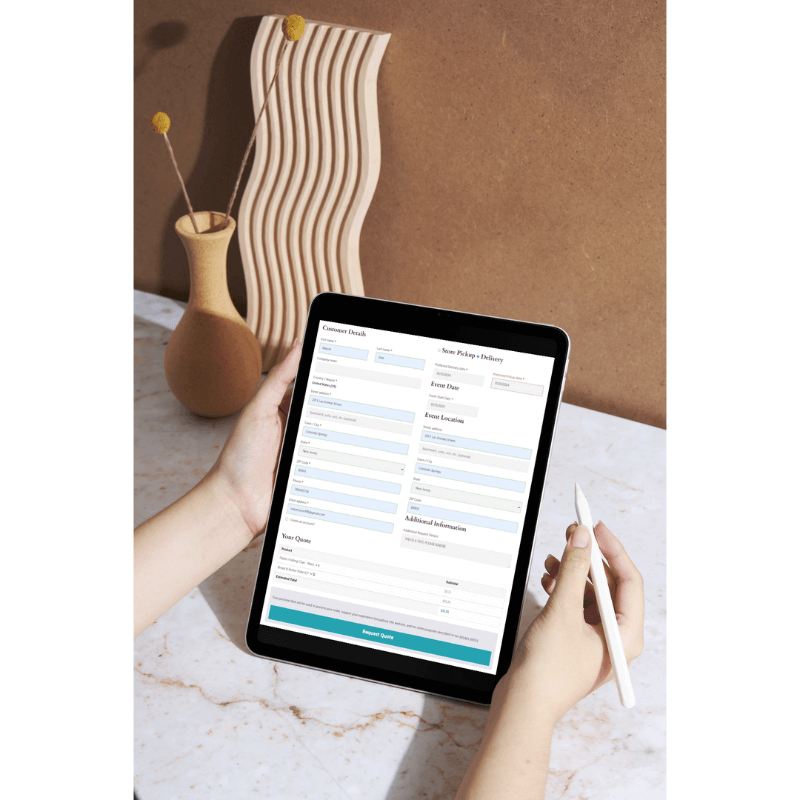As an advertiser, you need to answer two fundamental questions about your advertising media investments:
- Where is your money going?
- Is it working?
Strategy is the key to accurately answer these questions, and ultimately ensure your marketing success.
Lucky for you, the variety of advertising platforms available these days enables you to plan a successful marketing strategy tailored to specific business goals. Businesses have many choices when it comes to advertising, and each has its benefits and drawbacks.
As the digital age continues to rapidly change the marketing landscape and create new possibilities for how and where we target consumers, radio advertising probably seems like it went out with the transistors.
Well, call Ripley’s…because believe it or not, radio advertising is still a marketing tool employed by many businesses.
But really, how effective is radio advertising right now?
With the rise in technology and successful companies like Spotify, Pandora, and Apple Music, you may be questioning how many people still listen to the good old fashioned terrestrial radio.
Turns out, plenty.
According to Brad Kelly, Managing Director of Nielsen Audio, “Each week, more Americans tune into AM/FM radio (93%) than watch television, or use smartphones, tablets, or computers.”
So we know that radio can reach large audiences with a decent dedicated budget. The costs you can expect to incur with radio advertising include:
- Airtime obviously comes at a price, which increases or decreases based on the size and desirability of the listening audience.
- Producing professionally sounding commercials costs money. Some radio stations will throw that in as part of their advertising package. That won’t work if you want the same advertisement running on several different stations at once, however.
- Hiring voice talent for your radio ad would add additional cost for the production of your ad.
- These fees might not cover the cost of any music royalties necessary, as well as the work from the talent and the cost of writing the ad.
The costs for radio advertising will depend both on the time of day and the type of show being sponsored. For example, an ad that runs in a prime-time slot on a very popular show will be much more expensive than one that runs in the middle of the day during music play. This cost is subjective, however. Popular radio shows will have more listeners, and you will have a wider pool of consumers. This in turn could make your Cost Per Acquisition (CPA) lower. CPA is figured by taking the sales that resulted from an ad and dividing that figure by the actual cost of the ad.
Media, like any industry, is full of terminology. Nearly every medium has a different way of measuring its effectiveness. Broadcast uses gross rating points, newspapers use circulation, billboards use traffic counts and websites use impressions or clicks.
The more you know, the better your strategy will be.
Important Radio Advertising Metrics
- Media Cost is the price you pay to present your advertisement. There are many different ways to price media including points, impressions, clicks, leads, actions, days, weeks, months, etc. However, it’s ultimately about the amount you pay to present your advertisement, which is Media Cost. Media Cost excludes the cost to create the advertisement and other management costs.
- Media Market describes the set of people that could potentially be exposed to your advertisement. The media market is often described using Designated Market Areas or DMAs, which are trademarked by Nielsen. However, Media Market can be any market you define.
- Population is the total number of people in your Media Market.
- Rating is the percentage of the Media Market that will likely be exposed to your advertisement. Rating is an estimate based on past performance often sourced from surveys.
- Average Persons is the number of people that, on average, will be exposed to each Spot. Average Persons is calculated by multiplying Population by Rating then dividing by 100.
- A Spot is a single broadcast of an advertisement. Typically, an advertising placement includes multiple spots.
- Reach is the number of people in the Media Market that will likely be exposed to one Spot. Reach can also be expressed as a percentage, which indicates the percentage of the Population that is exposed to at least one Spot.
- Gross Rating Point (GRP) is a measure of the size of an advertising campaign by a specific medium or schedule. GRP is calculated by multiplying the number of Spots by Rating. It measures the balance of frequency and reach for broadcast and it is the best way to compare broadcast media.
- Cost per Point (CPP) is a measure of cost efficiency which enables you to compare the cost of this advertisement to other advertisements. CPP is calculated as Media Cost divided by Gross Rating Points (GRPs)
- CPM (Cost Per Mille in Latin, French, and Italian—mille means one thousand), also called Cost Per Thousand (CPM), is a standard measurement. CPM means the amount of money it will cost to show a thousand people the ad one time. This allows people to compare one medium to another. For example, you use the CPM to compare a newspaper with a circulation of 100,000, a radio station with 500,000 listeners and a website with 2 million visitors.* If you use only the actual cost of an ad to compare these three advertising options, you may end up paying more to reach each potential customer even if you buy the least-expensive ad.
- Return on Investment (ROI) refers to the amount of money you generate after making an investment in something. To calculate ROI, the benefit (or return) of an investment is divided by the cost of the investment. The result is expressed as a percentage or a ratio. A common goal for many advertisers is to increase the return on investment (ROI) from their advertising spend.
Market Analysis
Using a number of simple, objective parameters, you can confidently decide what media and communication channels are your best marketing choice.
Radio stations design their programming to attract certain listeners and then sell those listeners to advertisers in tiny increments. As with TV, advertisers look carefully at listener ratings to determine who and how many listeners their ad will reach on a given station. Because the radio market is fragmented you should be able to get detailed information on radio shows in your area.
Before investing in radio advertising, verify the station’s audience numbers. Look over their media kit to get a feel for not only the number of listeners, but also their characteristics and demographic data. Do their listeners align with the characteristics of your ideal customer?
Ask the station about its Nielsen numbers. As the definitive source for comprehensive audio metrics and insights, Nielsen measures listeners however they tune in.
Tips to Planning a Successful Radio Ad Campaign
- Know your target audience
- Request a high frequency of ads
- Find the most affordable rates
- And perhaps most importantly, quality professional production is essential
The Pros and Cons of Radio Advertising
Advantages
Radio is affordable, targeted, and pervasive.
A 30-second ad spot on the radio is far more affordable and easier to create than its television equivalents, and radio ads can be incredibly cost-effective in reaching local customers.
Since radio stations often target style with specific demographics like pop or talk radio, you can make sure your spot is heard by the right audience…within reason.
Radio ads can also be quick and easy to produce.
Disadvantages
Traditional radio is a one-way medium. Because of the way radio content is served, advertisers cannot make use of big data to target ads to individual demographics the same way they can with internet advertising.
One of the biggest downsides of radio is the mindset of the listener. It’s too easy to be distracted, have the radio on simply as “background noise,” or just flat out change the station when the commercials hit. Even if they hear and digest your ad, it’s most likely not something they’ll be able to act on instantaneously like they could with a digital ad.
Then there are the products and services that need more of a visual representation, and radio does them no favors.
In short, your marketing efforts can easily get glossed over when advertising on the radio.
Traditional Media or New Media?
In the sea of many advertising opportunities, it’s easy for marketers to feel overwhelmed.
Fact is, more and more people are turning to digital media for their news, entertainment, etc. And there’s a public perception that conventional radio is an outdated medium. The radio, especially in the eyes of the younger generation, seems more and more distant.
All that said, after researching and confirming your potential reach to your target audience, you may discover that radio can complement and boost your ad campaign by reaching consumers during the day, in the car and away from home, when they’re on the go and potentially closest to the point of purchase.
Which brings us full circle. Where is your money going?… And is it working?
If you have clear answers to these two fundamental questions, then you have the key to your marketing success.
If you need help, the Twelve Legs Marketing team has years of experience in both digital and traditional media, and we’re here to help!
